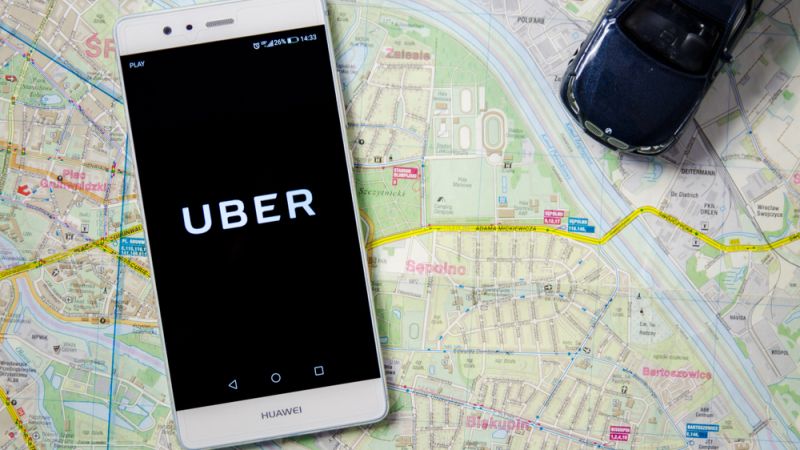Uber has announced plans to launch helicopter services from 2026, marking its boldest step yet into the fast-emerging market for urban air mobility.
The San Francisco-based company confirmed a partnership with Joby Aviation, a US electric air taxi maker, to deliver the service, which will allow passengers to book flights directly through the Uber app in some of the world’s most populated cities.
JoeBen Bevirt, founder and CEO of Joby Aviation, said the project would allow Uber customers to “feel the magic of seamless urban air travel,” signalling a new era of convenience for city commuters.
A strategic partnership
The collaboration builds on Joby Aviation’s growing influence in the aerial transport sector. Earlier this year, the company signed a $125m deal to acquire Blade Air Mobility, a business already operating helicopter and seaplane routes for urban and regional travellers.
By working with Uber, Joby is seeking to leverage the ride-hailing giant’s global reach and customer base. Uber, meanwhile, sees aerial transport as the next phase of its evolution, moving beyond car rides and food delivery into high-value, premium services that could reshape city transport.
How it will work
According to media reports, users will be able to book Uber helicopters in much the same way as a standard car trip. The rides are expected to be targeted at high-density urban centres where ground traffic congestion is a persistent challenge.
While details of pricing and routes are still being finalised, Uber said it aims to offer reliable, quick connections between key locations such as airports and business districts.
Industry observers suggest the service will initially cater to wealthier passengers but could eventually expand as technology develops and costs decline.
Urban air mobility race
Uber’s move comes as competition intensifies in the electric vertical take-off and landing (eVTOL) sector. Joby Aviation, along with rivals such as Archer Aviation and Lilium, has been testing electric air taxis designed to operate more quietly and sustainably than traditional helicopters.
Air regulators in the United States and Europe are already preparing frameworks to certify and integrate eVTOLs into urban transport systems. Joby has previously conducted test flights in California and plans to expand trials ahead of commercial rollout.
The planned launch in 2026 positions Uber and Joby among the early movers in what analysts predict could become a multibillion-dollar industry by the end of the decade.
Looking ahead
For Uber, which has faced years of financial pressure and regulatory scrutiny in its core ride-hailing business, the partnership marks a strategic bet on premium mobility.
The company previously experimented with “Uber Copter” in New York, offering short helicopter trips between Manhattan and JFK Airport, but that project was suspended. The Joby partnership signals a more ambitious attempt, one backed by electric aviation technology and significant investment.
If successful, the service could redefine commuting in megacities, offering passengers a faster, more efficient alternative to gridlocked streets. But challenges remain, including regulatory approvals, infrastructure requirements, and public acceptance of urban air taxis.
For now, Uber customers may soon have a new option when booking a ride: not just a car, but a helicopter flight through the same familiar app.

